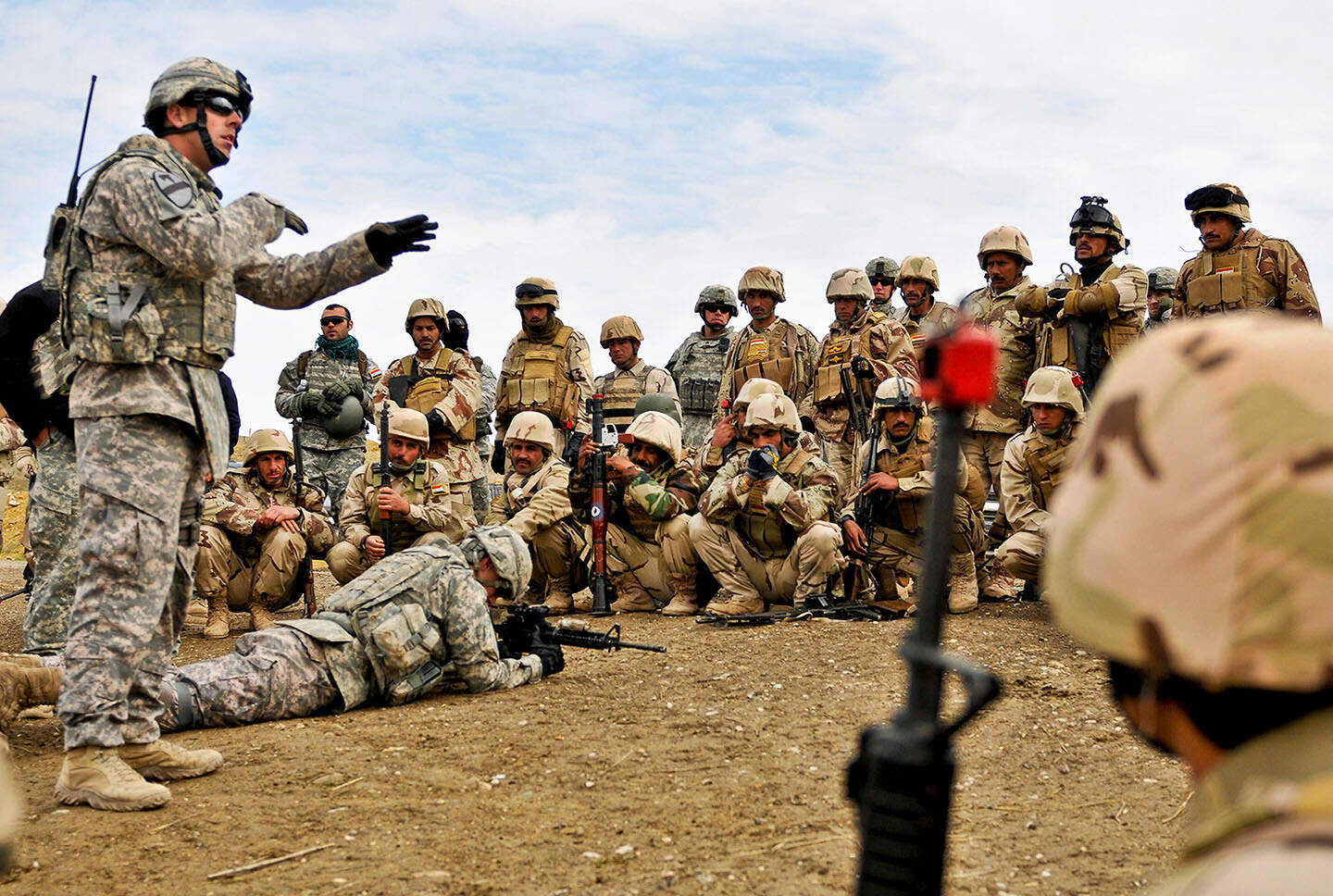
Military strategies have shaped the course of history, influencing the rise and fall of empires. From ancient battlefields to modern warfare, these tactics have evolved, adapting to new technologies and changing landscapes. Ever wondered how generals outsmart their opponents or why certain battles are legendary? Military strategies encompass a wide range of techniques, from deception and surprise to logistics and terrain utilization. Understanding these strategies not only provides insight into historical events but also reveals the ingenuity and resourcefulness of military leaders. Ready to dive into the world of cunning plans and battlefield brilliance? Let's explore 31 fascinating facts about military strategies that have left an indelible mark on history.
Key Takeaways:
- Ancient military strategies, like the phalanx formation and Hannibal's double envelopment, show how clever tactics can turn the tide of battle, even against larger forces.
- From knights in heavy armor to modern cyber warfare, military strategies have evolved with technology, shaping the way wars are fought and won.
Ancient Military Strategies
Throughout history, military strategies have shaped the outcomes of countless battles and wars. Ancient civilizations developed unique tactics to gain advantages over their enemies.
- Phalanx Formation: The Greeks used the phalanx, a tight infantry formation, to create an impenetrable wall of shields and spears.
- Hannibal's Double Envelopment: At the Battle of Cannae, Hannibal encircled and annihilated a much larger Roman force using a double envelopment maneuver.
- Roman Legions: The Romans organized their soldiers into legions, allowing for flexibility and coordination on the battlefield.
- Sun Tzu's "The Art of War": This ancient Chinese text offers timeless military wisdom, emphasizing strategy, deception, and adaptability.
- Alexander the Great's Use of Cavalry: Alexander's effective use of cavalry units allowed him to outmaneuver and defeat larger armies.
Medieval Military Tactics
The medieval period saw the development of new strategies and technologies that changed the nature of warfare.
- Feudal Levies: Medieval armies often consisted of feudal levies, where lords provided troops in exchange for land and protection.
- Longbowmen at Agincourt: English longbowmen decimated French knights at the Battle of Agincourt, demonstrating the power of ranged weapons.
- Siege Warfare: Castles and fortified cities required specialized siege tactics, including the use of trebuchets and battering rams.
- Knights and Heavy Cavalry: Knights in heavy armor dominated the battlefield, using shock tactics to break enemy lines.
- Swiss Pikemen: Swiss pikemen used long spears to create defensive formations that could repel cavalry charges.
Renaissance and Early Modern Strategies
The Renaissance and early modern periods brought significant changes in military strategy, influenced by technological advancements and new ideas.
- Gunpowder Revolution: The introduction of gunpowder weapons, such as cannons and muskets, transformed warfare by making traditional fortifications obsolete.
- Maurice of Nassau's Reforms: Maurice of Nassau introduced linear formations and volley fire, improving the effectiveness of infantry units.
- Gustavus Adolphus' Combined Arms: The Swedish king used combined arms tactics, integrating infantry, cavalry, and artillery for maximum impact.
- Vauban's Fortifications: French engineer Vauban designed star forts with angled bastions to better withstand artillery attacks.
- Spanish Tercio: The Spanish Tercio combined pikemen, swordsmen, and musketeers into a versatile and formidable unit.
Napoleonic Wars
Napoleon Bonaparte revolutionized military strategy with his innovative tactics and organizational reforms.
- Corps System: Napoleon divided his army into self-sufficient corps, each capable of independent action, allowing for greater flexibility.
- Grande Armée: Napoleon's Grande Armée was a highly disciplined and well-organized force that could march and fight with remarkable efficiency.
- Central Position: Napoleon often used the central position tactic, placing his forces between enemy armies to defeat them in detail.
- Artillery Concentration: Napoleon massed artillery to break enemy lines before launching infantry and cavalry assaults.
- Rapid Maneuvering: Napoleon's ability to rapidly maneuver his forces allowed him to outflank and surprise his enemies.
Modern Military Strategies
Modern warfare has seen the development of new strategies and doctrines to address the challenges of contemporary conflicts.
- Blitzkrieg: The German Blitzkrieg strategy emphasized rapid, coordinated attacks using tanks, aircraft, and infantry to overwhelm opponents.
- Trench Warfare: World War I saw the widespread use of trench warfare, leading to prolonged and grueling battles.
- Combined Arms: Modern militaries use combined arms tactics, integrating different branches of the armed forces for coordinated operations.
- Guerrilla Warfare: Irregular forces use guerrilla tactics, such as ambushes and sabotage, to harass and weaken larger conventional armies.
- Air Superiority: Control of the skies has become crucial, with air superiority allowing for strategic bombing and close air support.
Technological Advancements
Technological advancements have continually influenced military strategies, leading to new tactics and doctrines.
- Nuclear Deterrence: The development of nuclear weapons has led to the strategy of deterrence, where the threat of mutual destruction prevents conflict.
- Cyber Warfare: Modern conflicts increasingly involve cyber warfare, targeting enemy information systems and infrastructure.
- Drones and UAVs: Unmanned aerial vehicles (UAVs) provide reconnaissance and strike capabilities without risking human pilots.
- Precision-Guided Munitions: Precision-guided munitions allow for accurate targeting of enemy assets, reducing collateral damage.
- Network-Centric Warfare: This strategy uses advanced communication networks to enhance situational awareness and coordination among military units.
Future Military Strategies
As technology continues to evolve, future military strategies will likely incorporate new innovations and concepts.
- Artificial Intelligence: AI could revolutionize warfare by enabling autonomous systems, predictive analytics, and enhanced decision-making capabilities.
Final Thoughts on Military Strategies
Military strategies have shaped history in ways we often overlook. From ancient tactics like the Phalanx Formation to modern-day Cyber Warfare, these strategies reflect the evolution of warfare and human ingenuity. Understanding these tactics not only gives us insight into historical battles but also helps us appreciate the complexities of current military operations. Whether it's the Blitzkrieg of World War II or the Guerrilla Warfare used in various conflicts, each strategy has its unique impact. By studying these, we gain a deeper understanding of how nations defend themselves and achieve their objectives. So next time you read about a historic battle or a modern conflict, remember the strategies behind the scenes. They are the silent forces that have, and continue to, shape our world.
Frequently Asked Questions
Was this page helpful?
Our commitment to delivering trustworthy and engaging content is at the heart of what we do. Each fact on our site is contributed by real users like you, bringing a wealth of diverse insights and information. To ensure the highest standards of accuracy and reliability, our dedicated editors meticulously review each submission. This process guarantees that the facts we share are not only fascinating but also credible. Trust in our commitment to quality and authenticity as you explore and learn with us.


